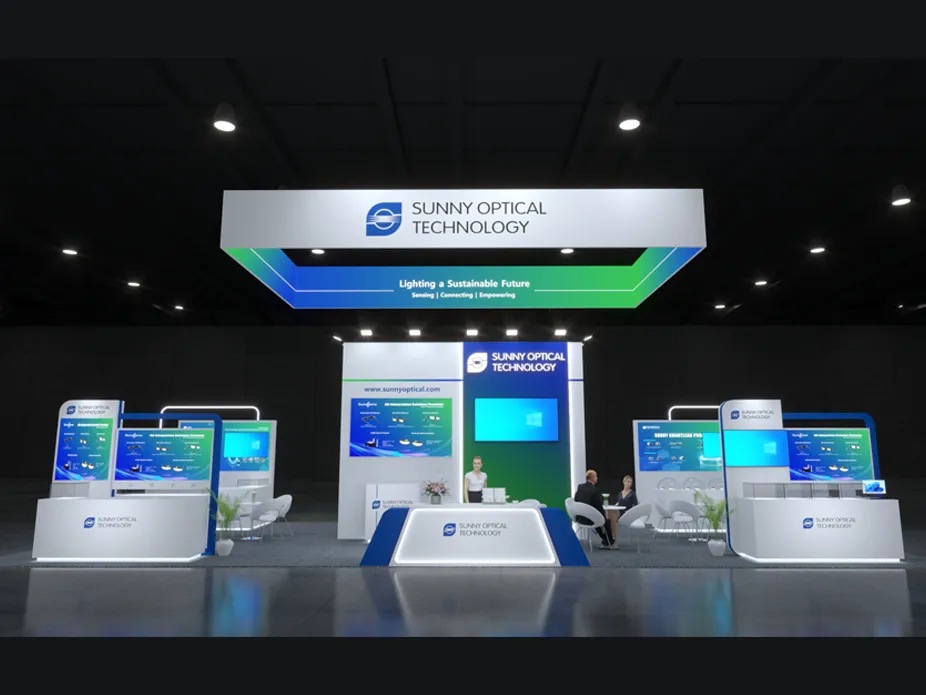At present, the automotive lens mounted on the car is mainly divided into five categories according to the installation position: front view lens, surround view lens, rear view lens, side view lens and built-in lens.
1. Front view automotive lens
Mainly installed on the front windshield, it is used to realize the visual perception and recognition function of driving. According to the function, it can be divided into front-view main lens, front-view narrow-angle lens and front-view wide-angle lens.
2. Front view main automotive lens
This lens is used as the main lens in the L2's ADAS system. The field of camera lens front view angle is generally 30°, 50°, 60°, 100°, 120°, the detection distance is generally 150-170m, and the format of the lens output is RCCB or RCCC.
3. Front-view wide-angle automotive lens
The function of the lens is mainly to identify objects with a relatively short distance. It is mainly used in urban road conditions, low-speed driving and other scenarios. Its field of view is 120°~150°, and the detection distance is about 50m. After the subsequent mass loading of the 8MP lens, the lens is not needed.
4. Front-view narrow-angle automotive lens
The main function of the lens is to identify targets such as traffic lights and pedestrians. Generally, a narrow-angle lens is used, and a lens of about 30°~40° can be selected. And the pixels of the lens are generally the same as those of the front-view main lens. The lens adopts a narrow angle, has a higher pixel density and a longer detection distance, generally up to 250m or even a longer distance.
After the 8MP lens is installed, the FOV of the front-view main lens can reach 120°, and this lens may not be needed. The detection distance is about 60m.
5. Look around the automotive lens
It is mainly installed around the body, generally using 4-8 lenses, which can be divided into forward fisheye lens/left fisheye lens/right fisheye lens/rear fisheye lens. It is used for the display of the panoramic view function, as well as the visual perception and target detection of the integrated parking function; the commonly used color matrix is RGGB, because there is a need for color reproduction.
6. Rear view automotive lens
Generally installed on the trunk, mainly to achieve parking assistance. The field of view is between 120 - 140°, and the detection distance is about 50m.
7. Side front view automotive lens
Installed at the B-pillar or the rearview mirror of the vehicle, the field of view of the vehicle Lens is generally 90°-100°, and the detection distance is about 80m. The main function of this lens is to detect sideways vehicles and bicycles.
8. Side rear view automotive lens
Generally installed at the front fender of the vehicle, the field of view of the lens is generally about 90°, and the detection distance is about 80m. It is mainly used in scenarios such as vehicle lane change and merging into other roads.
9. Built-in automotive lens
It is mainly used to monitor the status of drivers and passengers, and realize functions such as fatigue reminders. Among them, the price of the front-view lens is relatively high.

【Exhibition Invitation】Visit us at CES 2026!
2025-12-10

Sunny Optical Gets Group LiDAR Standard Approved, Using Innovative Optical Solutions to Unlock Key Step in Mass Production
2025-11-25
![[Exhibition Invitation] Sunny Automotive Optech Invites You to the 26th China International Optoelectronic Exposition (CIOE 2025) [Exhibition Invitation] Sunny Automotive Optech Invites You to the 26th China International Optoelectronic Exposition (CIOE 2025)](/uploads/image/20250908/首图7.webp)
[Exhibition Invitation] Sunny Automotive Optech Invites You to the 26th China International Optoelectronic Exposition (CIOE 2025)
2025-09-08

Inquiry
Excellent Customer Service Ability
Key customer manager mechanism
Oversea supporting points
Excellent Process Control Ability
Fully automated production
DMC traceability management
VDA6.3 / IATF16949 verifications
Excellent R&D Ability
Advanced technology new product development cooperation
Cost-effective optical solution proposal based on customer needs
Ecosystem resource integration